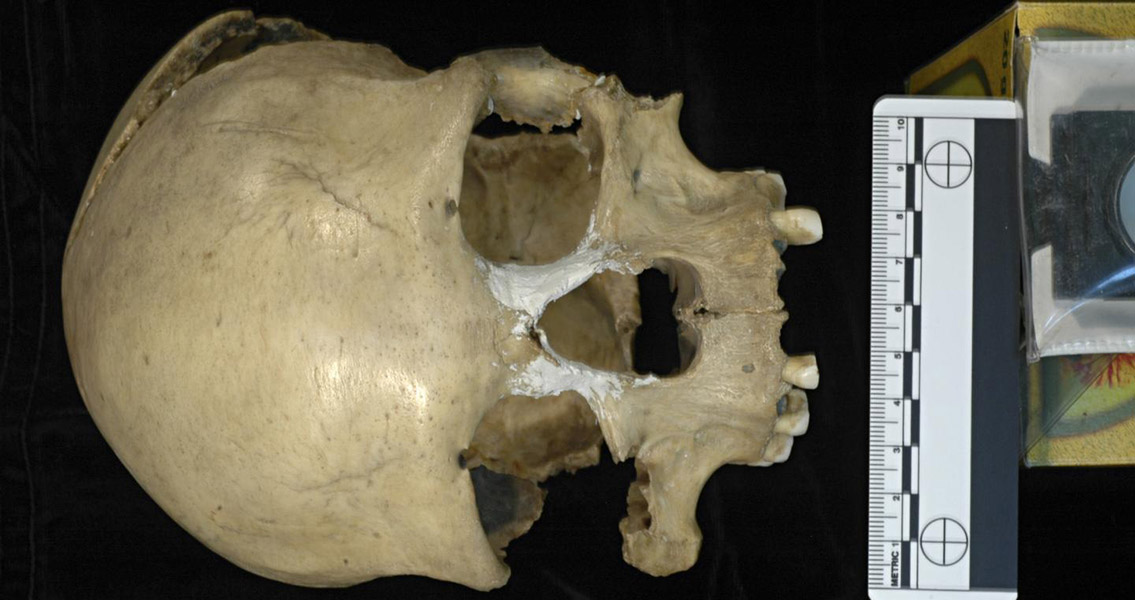<![CDATA[The results of a new research study have discovered evidence supporting the theory that human migration occurred back into Africa at some point during the Paleolithic Period. An international team of researchers, led by Professor Concepción de la Rua from the University of the Basque Country and featuring collaborators from Romania, the Netherlands and Sweden, successfully retrieved mitochondrial genome information from a pair of fossilized teeth taken from the remains of a female discovered in the Pestera Muierii cave system in Romania. The genetic information encoded into the woman’s “mitogenome” was able to be fully sequenced, revealing that she was a member of the U6 basal lineage, a genetic haplogroup that has long since disappeared. While the U6 basal lineage is long gone, other U6 lineages that descend from this basal lineage are still in existence today. Many populations in northern Africa share links to this basal lineage through still extant U6 haplogroups. What this means is that the new study has been able to confirm the U6 lineage has Eurasian origins. Additionally, the new discoveries lend credence to the theory that there were some populations that left Eurasia at the beginning of the Upper Paleolithic, anywhere from 40,000 to 45,000 years ago, and migrated back to Africa. The woman found in Pestera Muierii (which translates to “The Women’s Cave” in Romanian) is representative of one branch of this back-migration to Africa, and is unique in that direct evidence of this return simply doesn’t exist in northern Africa; Paleolithic fossil remains in the north of Africa are traditionally few and far between. According to a press release from the university, Professor de la Rúa and the Science and Technology Faculty’s Human Evolutionary Biology group are currently analyzing the nuclear genome of the fossilized remains, which could yield priceless information regarding the woman’s genetics through the lens of what kind of relationship her ancestors could have had with Neanderthals. The scientist also remarked that information about any possible genomic variations in her immune system will be studied carefully, especially when it comes to possible reasons Homo sapiens might have triumphed in their survival when other human species such as Neanderthals lost the struggle to pass on their genetic material. Moreover, Professor de la Rúa says she is looking forward to examining the phenotypic features of early Homo sapiens and determining how past population movements might have influenced how we understand our own evolutionary history. This new data could indeed help to change the entire narrative on human evolution, diaspora and spread across the globe. However, the lack of fossil records in northern Africa means that it may be exceedingly difficult to gather corroborating data for the “back to Africa” hypothesis the Pestera Muierii remains seem to encourage. Additional data will be forthcoming. The findings of the new research study, which have been recently published in the journal Scientific Reports, can be found online here Image courtesy of E. Trinkaus and A. Soficaru]]>
New Study Finds Evidence of Human Re-Migration into Africa
